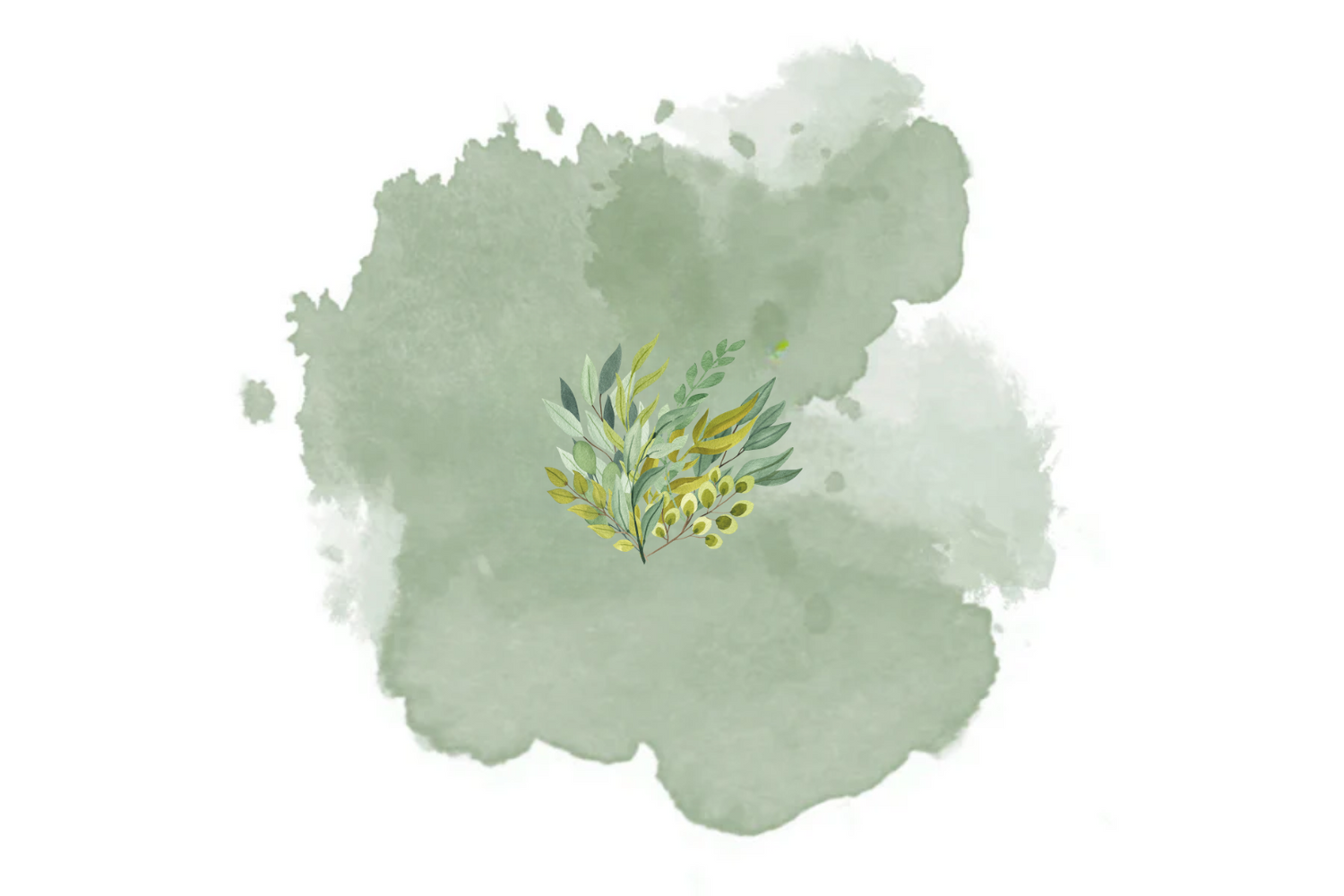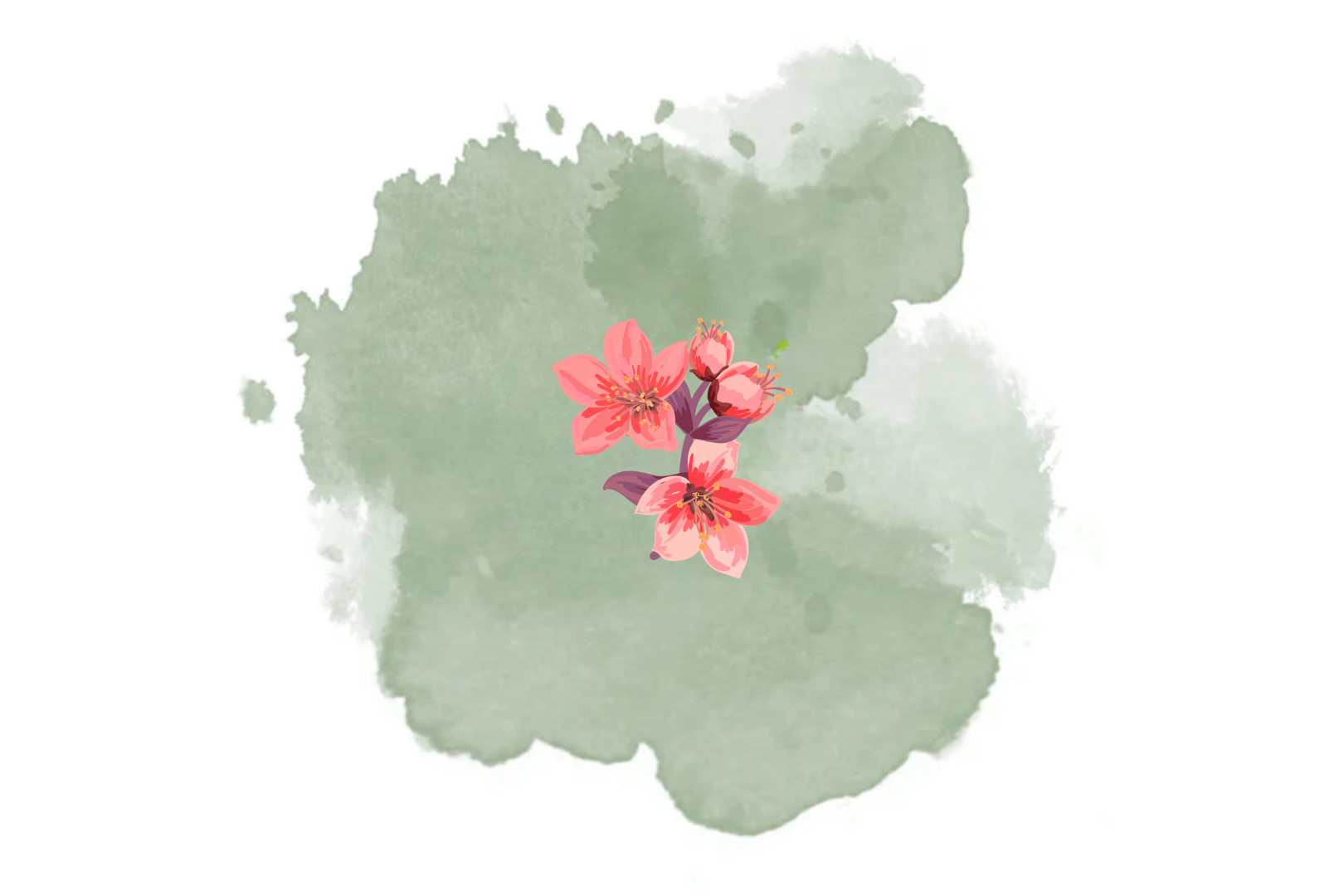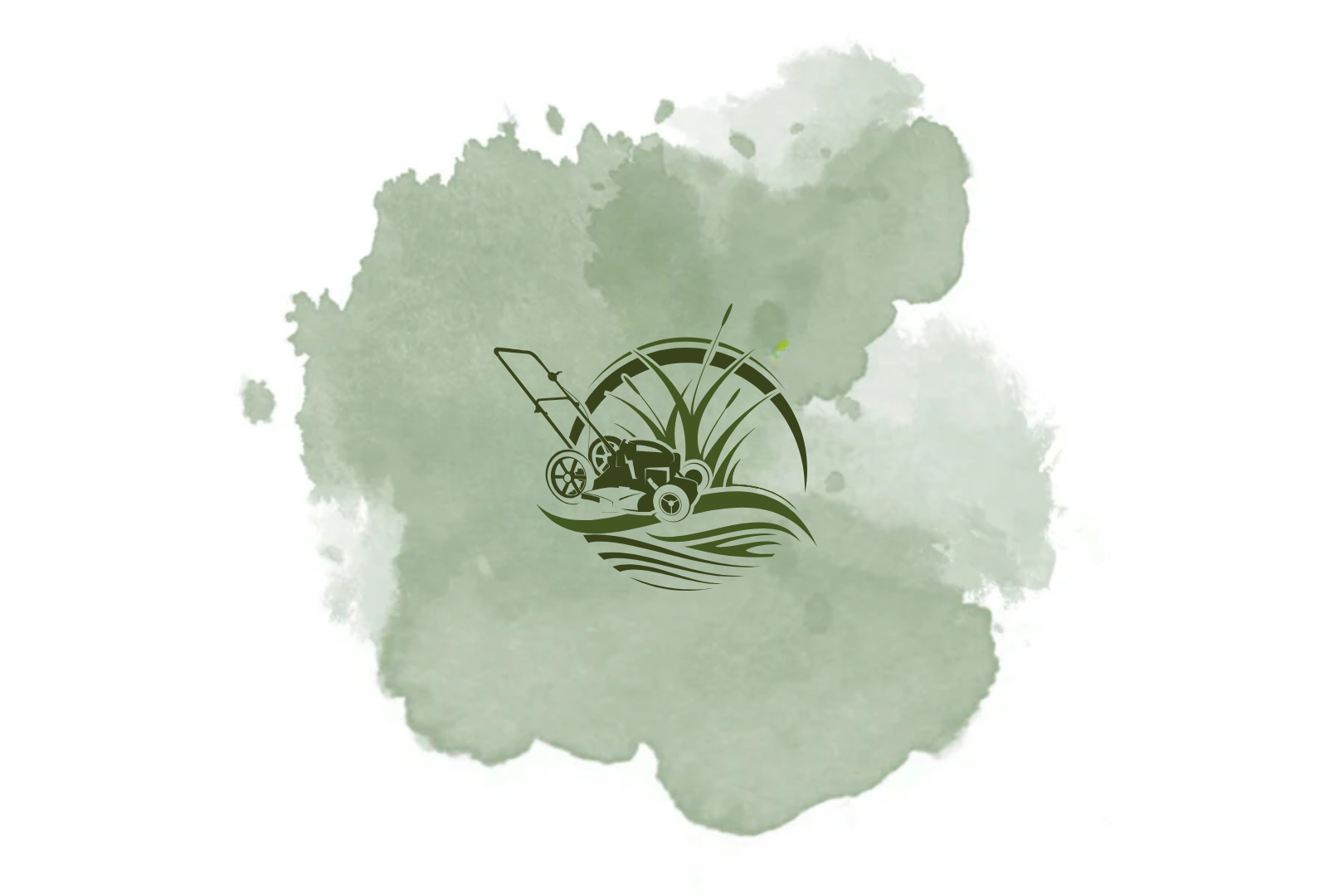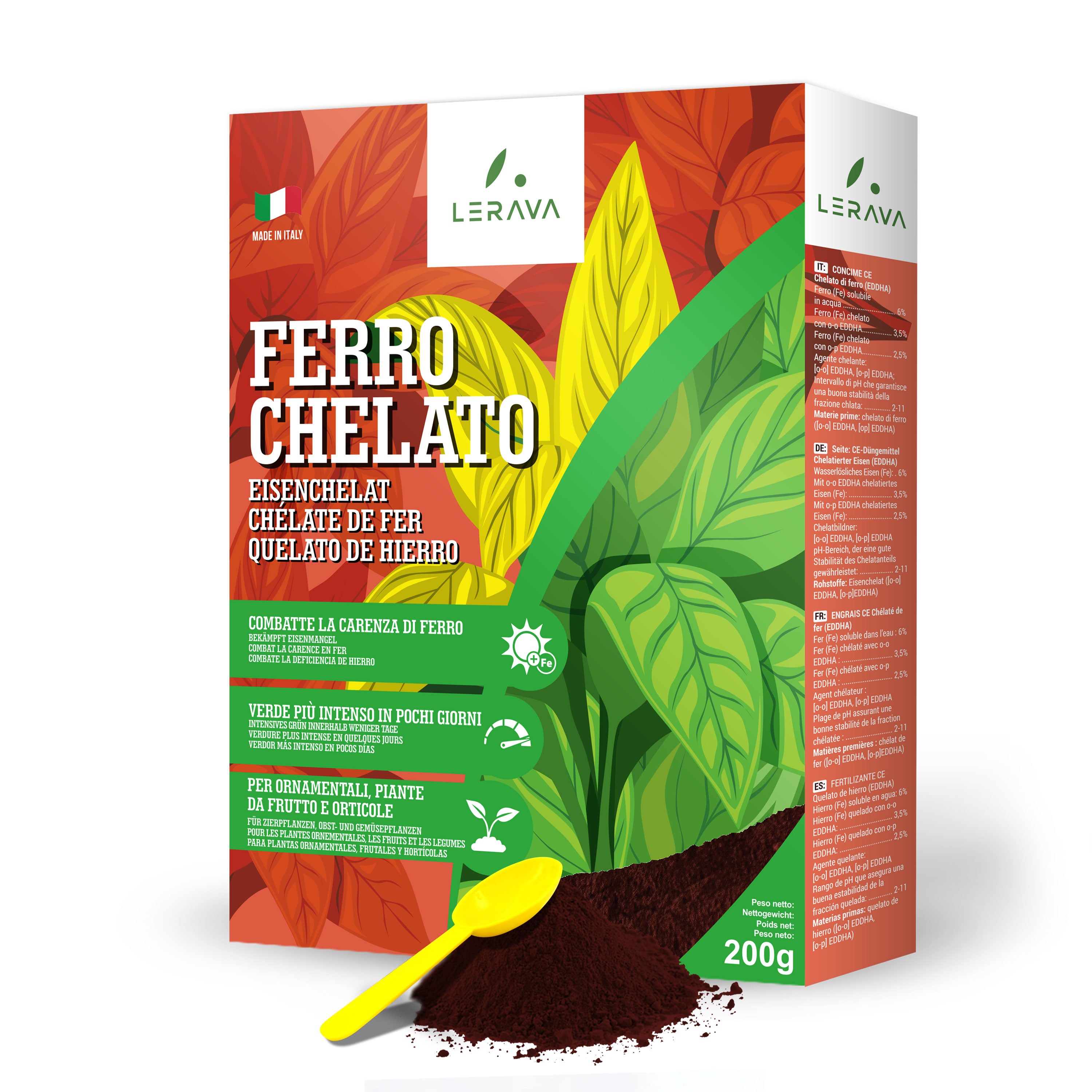Today, we're discussing a common issue that many of us face: yellowing leaves. Have you ever noticed your plants losing their vibrant green and turning yellow and dry? Don’t worry, because in this article, we’ll explain why this happens and how to solve it simply and effectively!
Why Do Leaves Yellow?
Yellowing leaves, technically known as "iron chlorosis," is a signal that the plant is suffering from iron deficiency. This problem often occurs in balcony or garden plants when the roots cannot absorb iron from the soil. But why does this happen?
Iron is essential for the production of chlorophyll, the substance that gives leaves their characteristic green color. Without enough iron, the plant cannot produce sufficient chlorophyll, leading to the classic yellowing of the leaves. Although this may seem like a complicated problem, the good news is that the solution is within reach!
The Solution: Chelated Iron
The most effective remedy for combating iron chlorosis is using chelated iron. This product contains iron in a form that plant roots can easily absorb. Its action is quick and effective, helping the plant regain its vibrant green in no time.
A specific recommended product is LERAVA's chelated iron, known for its ability to rapidly counteract iron deficiency. The interesting thing about chelated iron is that it not only revitalizes plants but does so durably, thanks to its formulation designed for easy root absorption.
How to Use Chelated Iron?
Using chelated iron is straightforward, and you can apply it in two ways:
- Method 1: Direct Application to the Soil
Sprinkle the chelated iron directly around the base of the plant. This way, the iron will be gradually absorbed, nourishing the roots deeply. This method is particularly suitable for garden plants or fruit trees.
- Method 2: Dilution in Water
Dilute the chelated iron in water and use it for watering. This method is even quicker, as it allows the roots to immediately absorb the nutrients. It's an ideal option for potted plants or for emergency treatments.
The beauty of chelated iron is that it works on a wide variety of plants: ornamental plants, fruit trees, vegetables, and even citrus in pots. It’s suitable for all soil types, so whether you have a garden, a vegetable patch, or a balcony full of pots, chelated iron is the perfect solution!
When to Expect Results?
One of the most surprising aspects of chelated iron is its speed of action. In just a few days, your plants will shine again, with green and lush leaves. It’s a remedy that’s both simple and effective, and the results speak for themselves!
A Tip for Prevention
Even if your plants look healthy, you can use chelated iron as a preventive measure. Regular application ensures that plants never suffer from iron deficiency, keeping foliage green and vibrant throughout the year. This small act of care can make a significant difference in your plants' vitality!
Curiosity: Other Signs of Iron Deficiency
In addition to yellowing leaves, iron deficiency can manifest through reduced plant growth and the appearance of brown spots on younger leaves. Acting quickly with chelated iron not only restores green color but also prevents the problem from worsening and compromising the plant's growth.
Conclusion
If your plants' leaves are yellowing, don’t wait any longer: try chelated iron! Personally, I use LERAVA's, and the improvements are visible within a few days. Whether it's balcony plants, garden plants, or vegetables, chelated iron is the key to optimal plant health. Share this article with other plant lovers who might need these tips.

![#Taglia_1.7kg [sku-A0291] [lang-IT] [lang-EN]](http://lerava.com/cdn/shop/files/Cessione_IT.png?v=1749635507&width=2000)
![#Taglia_1.7kg [sku-A0291] [lang-IT] [lang-EN]](http://lerava.com/cdn/shop/files/Cessione_IT.png?v=1749635507&width=104)
![[lang-IT] [lang-EN]](http://lerava.com/cdn/shop/products/B09SLG7DHN.MAIN.jpg?v=1674813929&width=104)
![#Taglia_70m² [sku-VV-KMTV-QLBE] [lang-it] [lang-en]](http://lerava.com/cdn/shop/files/Primavera_IT_1.png?v=1749609539&width=104)
![#Taglia_100m² [sku-A0360] [lang-IT] [lang-EN]](http://lerava.com/cdn/shop/files/ESTATE_IT_100m.jpg?v=1751879953&width=104)
![#Taglia_70 m² [sku-A0016] [lang-it] [lang-en]](http://lerava.com/cdn/shop/files/Add_a_heading.png?v=1758461245&width=104)
![[lang-IT] [lang-EN]](http://lerava.com/cdn/shop/files/Solfato_Di_Ferro_IT_1.png?v=1749608449&width=104)
![#Taglia_30m² [sku-AVARACH] [lang-IT] [lang-EN]](http://lerava.com/cdn/shop/files/Champion_IT.png?v=1749608049&width=104)
![#Taglia_30m² [sku-A0265] [lang-IT] [lang-EN]](http://lerava.com/cdn/shop/files/Express_IT_1.png?v=1749619514&width=104)
![#Taglia_10m² [sku-A0148] [lang-IT] [lang-EN]](http://lerava.com/cdn/shop/files/1_10_IT.jpg?v=1727419569&width=104)
![#Taglia_20m² | 200g [sku-A0192] [lang-IT] [lang-En]](http://lerava.com/cdn/shop/files/1_1_193571c2-dc92-488a-b9ac-170592f0b658.jpg?v=1744210602&width=104)
![#Taglia_200g [sku-A0220] [lang-IT] [lang-EN]](http://lerava.com/cdn/shop/files/IT_Semi-Trifoglio200g.jpg?v=1756610388&width=104)






